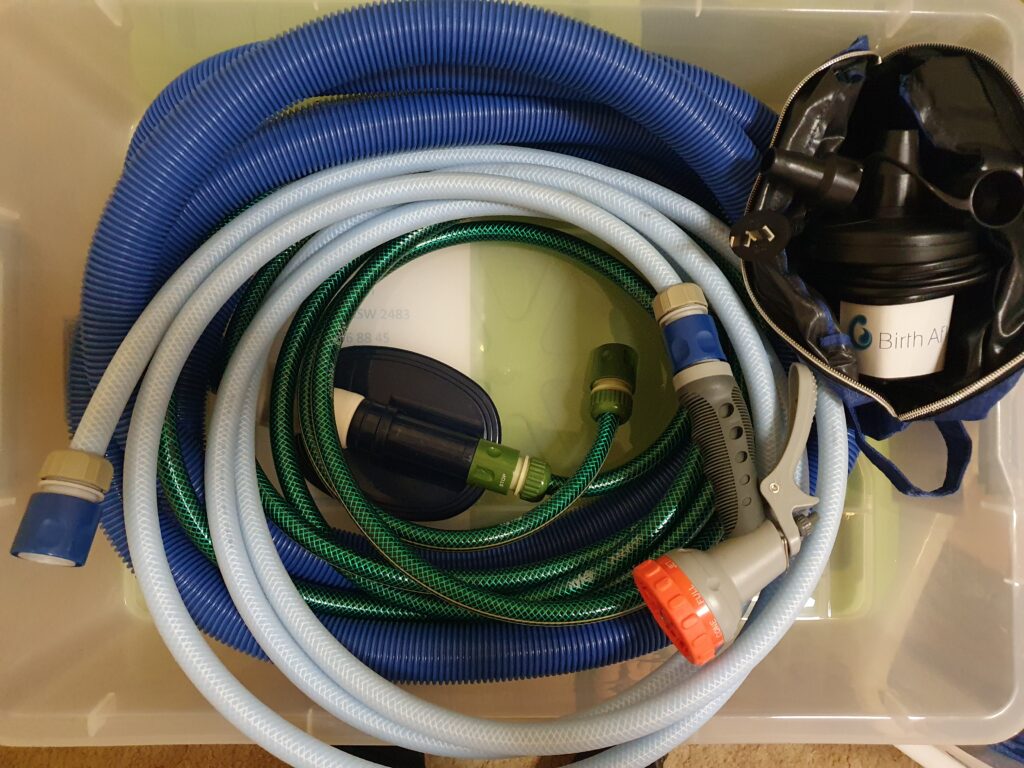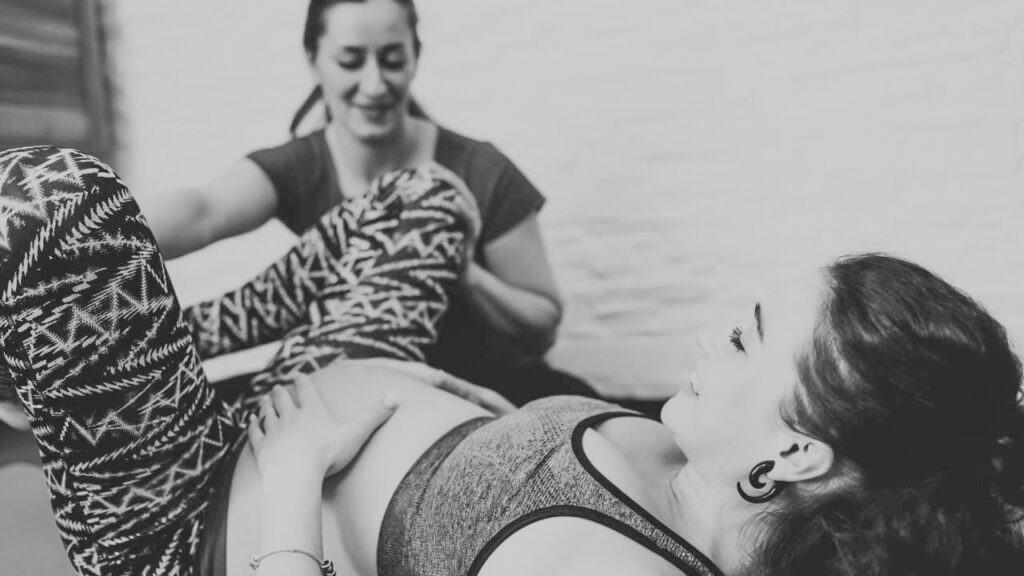- Ships worldwide
- +61 (0)429 668 845
- [email protected]
What does birth actually look like?
What does birth actually look like? Probably not what you've seen on tv.
What does birth ACTUALLY look like?
Picture the last movie or TV show you saw that depicted a birth. Most likely, it went something like this:
- The woman’s waters suddenly break, splashing everywhere.
- She is rushed to the hospital.
- At the hospital, she yells with pain and begs for pain relief.
- Soon, she’s on a bed, laying on her back.
- Someone is telling her it’s time to push.
- Medical staff catch the baby as its born.
The end.
Some births do look like this. Most do not! (Especially if you are drawn to childbirth at home, water birth, or natural birth in any form.)
And most importantly, birth is not destined to be like this. There are so many junctures during birth (and during pregnancy!) where YOU can make choices about what a safe, supported, and empowered birth looks like for YOU.
Yep, it’s about you! Absolutely, it’s important to consult with any trusted pregnancy care providers and birth workers. It’s also important that you find ways to ask questions, get to know your options, and advocate for your needs.
It’s often easier said than done. Often, medical systems in particular are not set up with birthing mothers’ freedom, power, and instinct at the core. Medical systems sometimes do not support water birth or natural birth, so it’s important to consider what you want your birth to look like.
One fascinating example is the idea that women give birth in hospital beds on their backs. The media would have us believe that this is just how it’s done, and anything else is rebellious or out of the ordinary.
In cultures throughout the world, women have traditionally given birth most often squatting, sitting, and standing. Even in the West, this was the case up until the 1600s, when a shift began to occur. Of course, childbirth at home was also the norm in the past! Also giving birth naturally does have risks in a some cases – especially when there is poor hygiene or limited support – it is most often the best option, but things began to change as doctors got more involved in birth.
Around this time, one of the great kings of France decided that he wanted to witness the birth of his children. It was decided that the best viewing for the king would be if the birthing woman was to lay down on her back. And so it was.
This birthing position gradually grew in popularity… despite the fact that it made birth more painful and difficult for women! Male doctors began to invent different types of instruments (like forceps) to assist with births, and instrumental interventions in births also became more widespread.
Unfortunately, a large number of unnecessary (and often unhelpful or even traumatising) birth interventions still occur, especially in hospitals.
Today, we are at an interesting juncture, perhaps a turning point in history. Many women are choosing how and where they want to birth. They are tuning into their instincts. They are finding their power.
We believe in supporting childbirth at home, in particular hydro birthing or water birth. Water birth increases the chances of giving birth naturally, and it allows women to labour and birth in a variety of positions.
There is no one ideal position in which to give birth. There is no one ideal location.
Every woman, every baby, and every birth is different.
OUR PRODUCTS ON SALE
-
Sale!
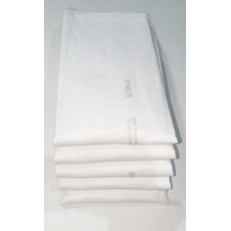
Bed Protection Pads 5 Pack
$15.00 – $30.00Price range: $15.00 through $30.00 Inclusive of 10% GST Select options This product has multiple variants. The options may be chosen on the product page -
Sale!
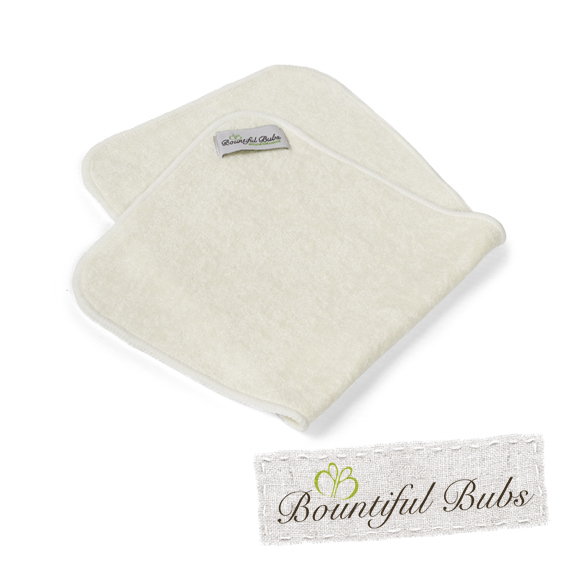
Burp Cloth – Organic Bamboo – Bountiful Bubs
$35.00Original price was: $35.00.$28.00Current price is: $28.00. Inclusive of 10% GST Add to cart -
Sale!
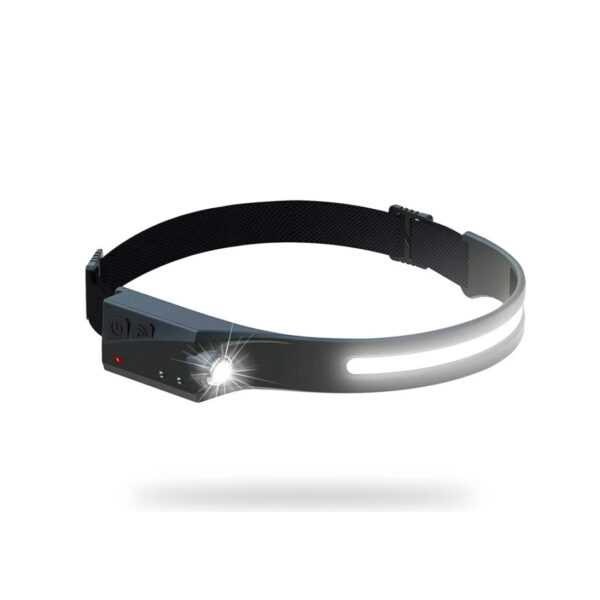
LED Headlamp – GoBeam 230
$60.00Original price was: $60.00.$50.00Current price is: $50.00. Inclusive of 10% GST Add to cart -
Sale!
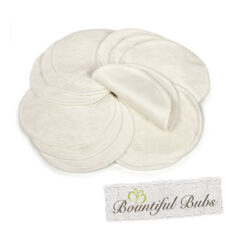
Reusable Breast Pads, Organic Bamboo – Waterproof
$38.00Original price was: $38.00.$30.00Current price is: $30.00. Inclusive of 10% GST Add to cart

